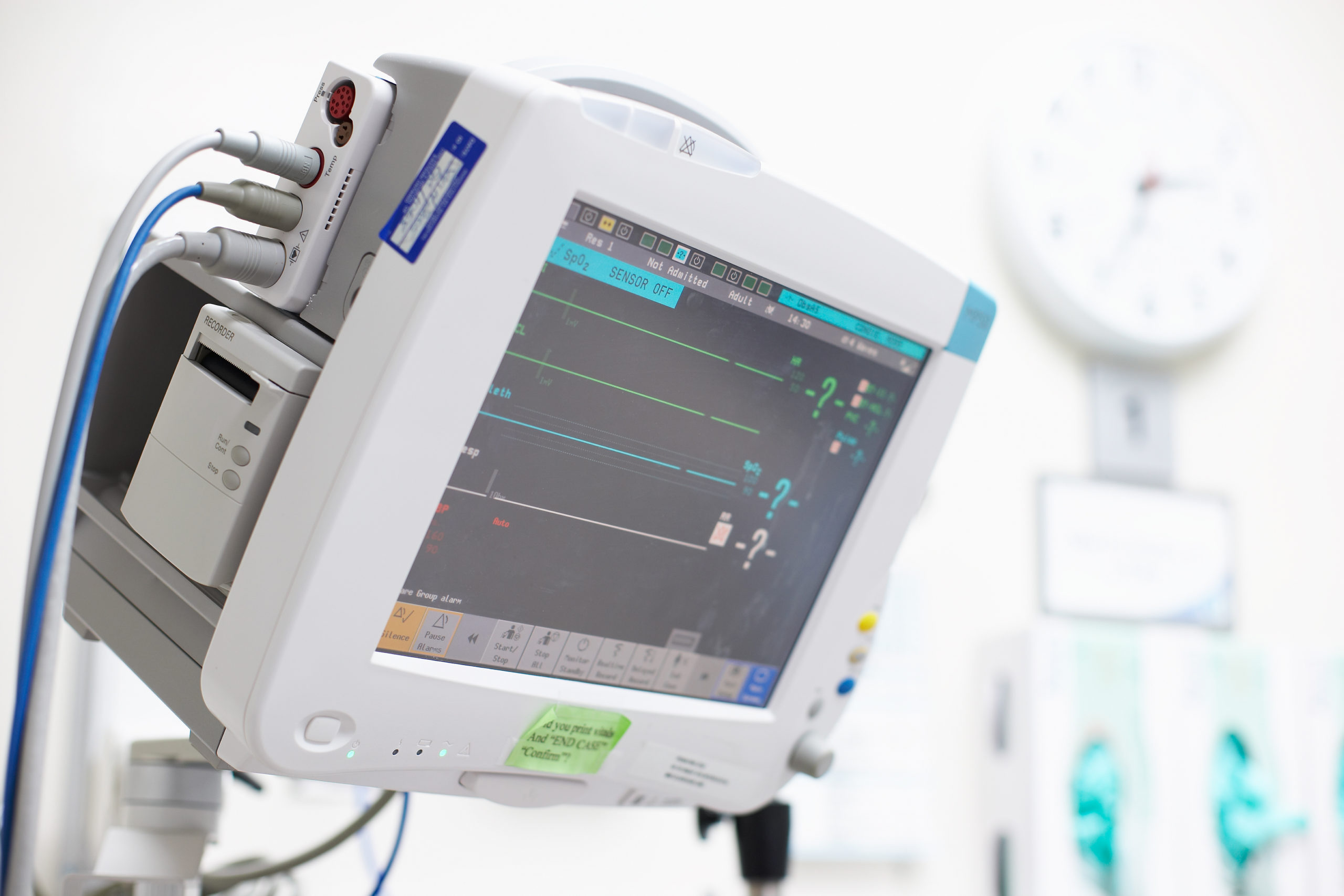Design reviews are common practice across various industries when developing a product. The basic function of them is to act as a stop-gate to ensure that various requirements are being met during the product development life cycle. In a regulated industry such as the medical device industry, however, there is the extra onus of being legally required to conduct them.
The FDA defines design reviews in 21 CFR § 820.30(e) as “formal documented reviews of the design results…”[1] These should be cross-functional exercises that are conducted periodically to ensure that the product development activities are going according to plan, that all necessary requirements are being fulfilled, and any potential design failures are being reviewed and assessed for risk. Although the FDA legally obligates firms to conduct these design reviews, they should be looked at as a critical piece of the development process and not just a box to check.
Design reviews give design teams a chance to stop and reflect on the product’s development. What is going right? What is going wrong? Were there any flaws or potential failure modes that were identified? These, among other, questions should all be answered when conducting a design review. There is no requirement for how many design reviews a firm should have, but the industry standard is at least 3 in the medical device space. Your first should come right after you have developed your user requirements and finalized your design and development plan. This is when you will review with all members of the design team and ensure everyone is on the same page. The next should come after all design inputs and v&v planning has been finalized, to calibrate on expectations before testing begins. Finally, you should have at least one more after the results of v&v testing have been analyzed and right before design transfer.
Several things must be recorded for each design review and reflected in your DHF. This includes minutes, the signatures of attendees, and any action items. Additionally, an individual who does not have direct responsibility for the design stage being reviewed should be present as an independent observer.
Medical device regulatory requirements are extensive when it comes to design & development. Several details are important for compliance with design controls that many medical device manufacturers miss or don’t fully satisfy. EMMA International has helped remediate a variety of design control programs to be FDA compliant and can help your team optimize your process as well. Give us a call at 248-987-4497 or email info@emmainternational.com to learn more!
[1] FDA (n.d.) 21 CFR § 820.30 retrieved on 10/11/2021 from: https://www.accessdata.fda.gov/scripts/cdrh/cfdocs/cfcfr/CFRSearch.cfm?CFRPart=820&showFR=1&subpartNode=21:8.0.1.1.12.3






